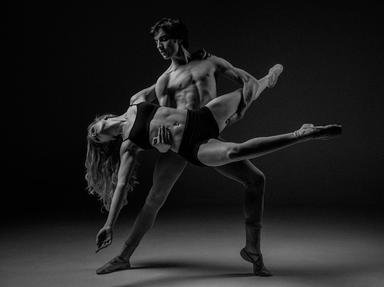
Match the Muscle Trivia Quiz
Here are ten of the lesser-known muscles in the human body. Can you match each muscle to its location?
This is a renovated/adopted version of an old quiz by author dumbo-rbj
A matching quiz
by wellenbrecher.
Estimated time: 3 mins.